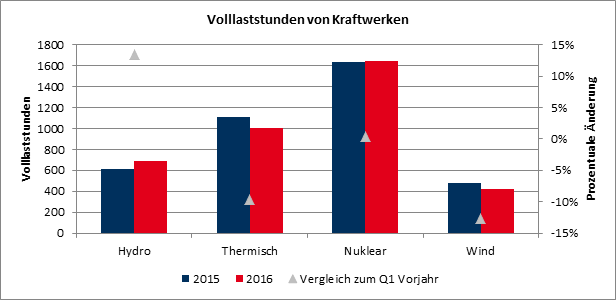The new working plan of the National Energy Administration of China (NEA) indicates the most important targets and measures in terms of consumption, generation and energy intensity for the country’s energy sector.

Total primary energy consumption this year should not exceed 4.34 billion tons of coal equivalents, while the share of coal is to drop below 63 percent. Also, the share of non-fossil energy carriers in the total primary energy consumption should rise to about 13 percent, the one of natural gas to 6.3 percent. By 2020, the share of coal in total consumption is to be reduced to 62 percent, the one of non-fossil energy carriers and natural gas to increase to 15 and 10 percent, respectively.
The working plan also states that only 3.6 billion tons of coal equivalents are to be produced, including 200 million tons of oil and 144 billion cubic meter of natural gas. The energy intensity of the country is to be decreased by 3.4 percent compared to 2015.
The statistics of the NEA also provide a glimpse of the first quarter 2016 and show that the electricity consumption rose by 3.2 percent compared to last year. It stood at 1352 TWh by the end of March. The biggest percentage growth has been realized by the service sector and the households, both rising by about 11 percent.
Figure 1 depicts the change in full load hours of selected power plant types in the first quarter in a year-on-year comparison.

Source: Energy Brainpool
Figure 1: Full load hours year-on-year
Considering the full load hours of the first quarter, hydro power plants were able to gain most, while both thermal power plants and wind turbines suffered a reduction of almost 10 percent each. This exemplifies that a considerable amount of power from wind turbines has to be curtailed and that a capacity surplus for thermal power plant prevails.



